Condylar Fracture
A Condylar Fracture refers to a fracture involving the rounded articular surface at the end of a long bone, typically occurring in joints such as the knee or the temporomandibular joint (TMJ) in the jaw. In orthopaedics, the term is often associated with fractures of the distal femur or proximal tibia in the knee joint. Condylar Fractures can result from traumatic events, such as car accidents or falls, and are classified based on the specific joint involved. In the knee, distal femur Condylar Fractures or proximal tibia Condylar Fractures may occur, disrupting the joint's normal function. Treatment depends on the severity and displacement of the fracture. Options range from conservative measures, such as immobilization and physical therapy, to surgical interventions, including open reduction and internal fixation. Comprehensive understanding and accurate diagnosis of Condylar Fractures are crucial in orthopaedics for determining the most appropriate treatment plan. Rehabilitation following treatment is essential to restore joint function and prevent long-term complications.

Stephen S Tower
University of Alaska Anchorage, United States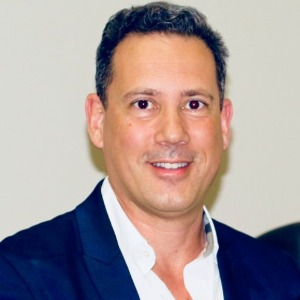
Marcos Brioschi
American Academy of Thermology, United States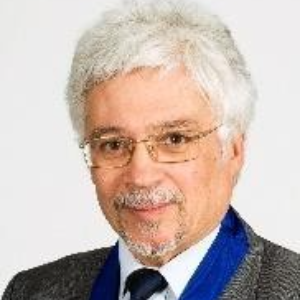
Wagih El Masri
Keele University, United Kingdom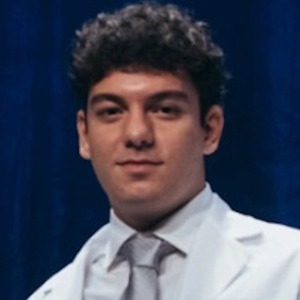
Arif Akkok
Lake Erie College of Osteopathic Medicine, United States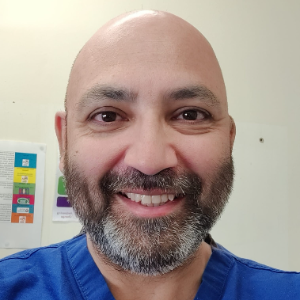
Akash Ganguly
Warrington and Halton Hospitals NHS FT, United Kingdom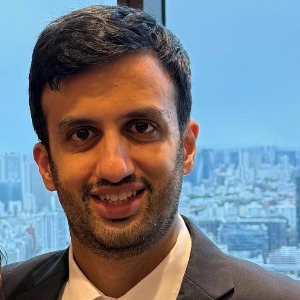
Sajid Ali
The Dudley Group NHS Foundation Trust, United Kingdom




Title : The UK profemur recall and implant cobaltism
Stephen S Tower, University of Alaska Anchorage, United States
Title : The tomographic phenotype and the genotype of wormain bones
Ali Al Kaissi, National Ilizarov Medical Research Center for Traumatology and Orthopaedics, Russian Federation
Title : New treatment of muscle contracture and joint contracture through muscle regeneration with mitochondrial dynamics
Ki Ji Lee, Busan Medical University, Korea, Republic of
Title : New treatment of sarcopenia through muscle regeneration with mitochondrial dynamics
Ki Ji Lee, Busan Medical University, Korea, Republic of
Title : The prevalence and association of self-reported depression symptoms with musculoskeletal pain and quality of life among pregnant women
Youssef Masharawi, Tel Aviv University, Israel
Title : Bipolar hemiarthroplasty under local anesthesia (2%)
Ketan Karabhai Parmar, Aayush Multispecialty Hospital, India